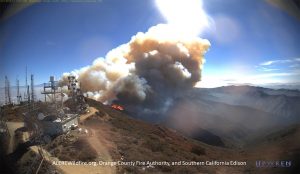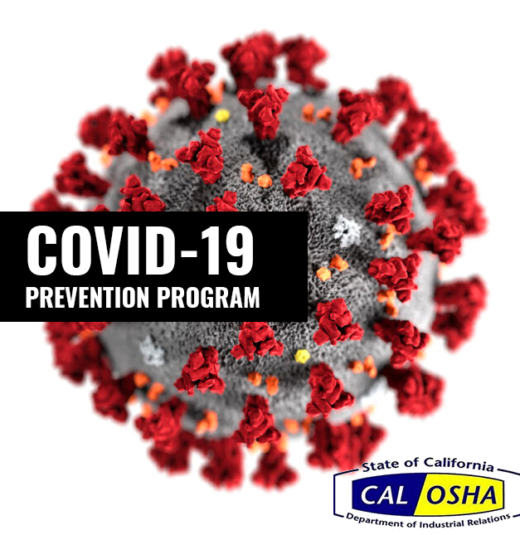
In any emergency, rescue safety is the first priority. OSHA states its rules and regulations for rescue services here, with responsibilities for both the rescue professionals and the employer. In an emergency situation, find out the status of the buildings from your team. If there is heavy damage, there will be no rescues, and that is the end of direction. Go to a safe entrance and yell to see if anybody can come out; if people are yelling, at least identify how many people are inside. Hopefully you could determine how many need professional rescuing in that situation.
For moderate damage you locate, triage, and evaluate. Does it look safe to go in there or not? However, you must watch for changing circumstances while trying to locate as many people that are trapped as possible.
For light damage have the teams locate, triage, continue size-up and document. With light damage, while constantly evaluating your circumstances, make good decisions. You and your teams must constantly reevaluate the entire scope of the incident. The damage may look light, but if the structure is creaking and groaning and the situation feels strange, reconsider.
Remember, in the case of an initial emergency response you all are not professionals. You are not being trained to be a professional, you are becoming aware of tools to take care of yourself and others in an emergency situation. Locate, triage the people that you can prioritize, and then continue with the size-up with continual documentation. Then, formulate the next steps and call in professionals as needed.
BERT can help formulate more specific, individually-tailored emergency plans for your business or organization. Contact us today for more information, or a free consultation.







